Table of Contents
As the digital environment evolves, graphic design trends are crucial in shaping how content is perceived and interacted with by audiences. In 2024, a blend of innovation and nostalgia is notably influencing these trends, offering fresh perspectives on visual communication.
This year, designers are not just creating; they are also redefining how visual messages are crafted and received. These emerging trends are pivotal in enabling brands to stand out in a crowded digital space by offering more engaging, memorable, and effective designs.
This article explores the top seven graphic design trends of 2024, each characterized by its unique ability to merge functionality with aesthetic appeal. From the resurgence of retroelements to the adoption of advanced technological capabilities, these trends collectively contribute to a broader creative revolution.
They promise to enhance the visual dialogue between brands and their consumers, ensuring that each design not only captures attention but also enhances the overall user experience.
This focus ensures that graphic design remains at the forefront of innovation, continuously pushing the boundaries of what is visually and technically possible.
1. Bold Minimalism
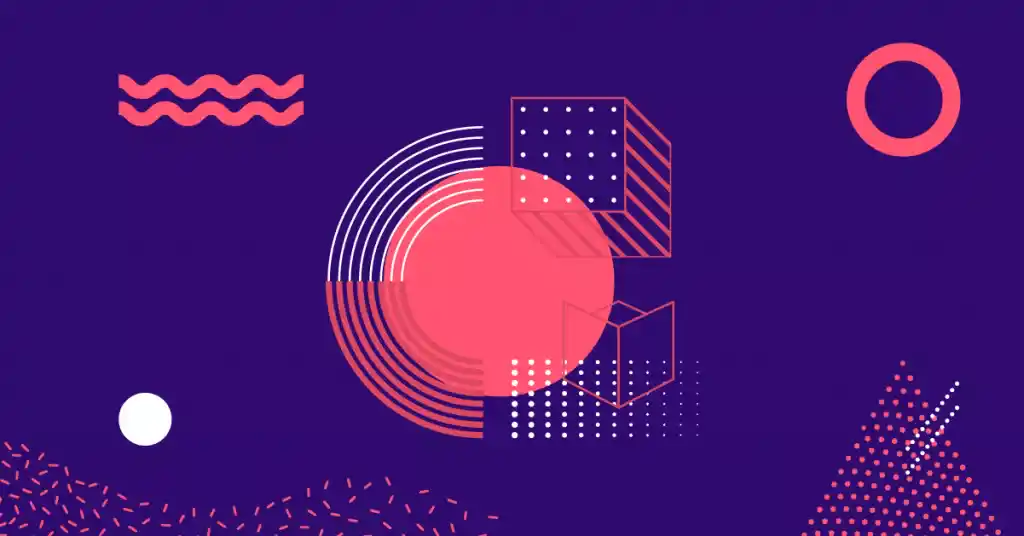
Bold minimalism is a powerful trend in graphic design that capitalizes on simplicity to deliver messages with impact. This trend is particularly useful in today’s fast-paced digital environment, where capturing and maintaining viewer attention is essential. By employing a minimalist approach that features simplified color schemes and spacious layouts, designers can highlight the most crucial elements of a brand’s message without any distractions.
The use of large, impactful typography further enhances visibility and recall, making it ideal for digital marketing campaigns where clarity and immediacy are key.
Additionally, bold minimalism allows brands to communicate their core values and propositions in a straightforward, unambiguous manner. This clarity is not only appealing but also aids in quicker decision-making by consumers, making it a highly effective strategy in graphic design.
As such, bold minimalism continues to be a leading choice among designers looking to create memorable and effective visual communications in line with current graphic design trends.
2. Doodles
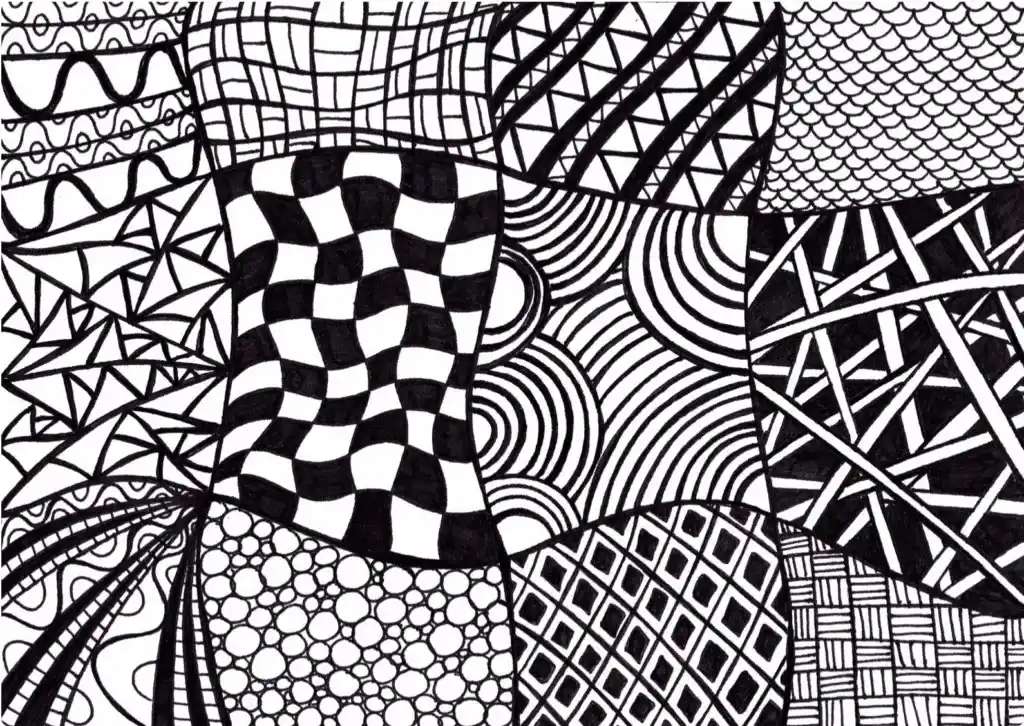
The resurgence of doodles within graphic design trends signifies a shift towards more personalized and emotionally resonant designs. Far from mere whimsical sketches, doodles serve as a strategic tool in graphic design, enhancing emotional connectivity with viewers.
They imbue designs with authenticity and handcrafted charm, making professional layouts feel more approachable and engaging. This informal style effectively reduces corporate stiffness, fostering a warm connection between brands and their audience.
In social media, doodles boost engagement due to their visually appealing and shareable nature, aligning with the casual browsing habits of users. They also simplify complex information in educational content, making learning more approachable. For branding, doodles convey personality in a straightforward, memorable manner, helping companies to distinguish themselves in competitive markets.
Overall, doodles are a powerful method to infuse warmth and individuality into designs, aligning with current preferences for authenticity and creativity in graphic design trends.
3. Patterns & Abstract Gradients
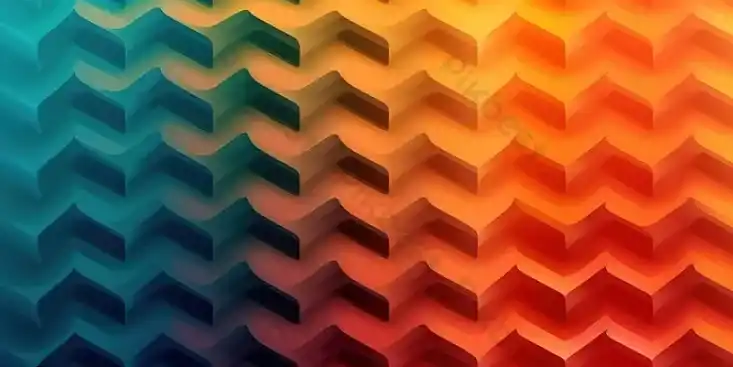
Patterns and abstract gradients are pivotal graphic design trends that breathe life and movement into visual compositions. By leveraging geometric shapes and fluid forms, these designs introduce a layered complexity that enriches the visual experience. The use of seamless color transitions within gradients can evoke emotions and guide the viewer’s eye through the design, creating a subtle narrative within the artwork.
This technique is especially effective in backgrounds, where it can provide a sense of depth without overpowering the main content. For packaging and web design, these elements not only enhance aesthetic appeal but also reinforce brand identity and improve user engagement. Investing in professional web design services ensures a seamless user experience, aligning visual elements with brand messaging for maximum impact. Designers capitalize on this trend to craft memorable and effective visual communications that captivate and resonate across various media platforms.
4. Utilitarian Design
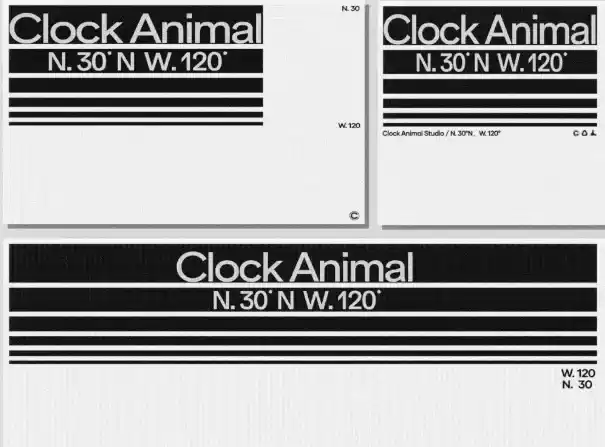
A utilitarian design, a significant graphic design trend for 2024, prioritizes practicality and simplicity, making it highly effective for contemporary digital applications. By focusing each design element on functionality, this approach ensures that graphics are intuitive and user-friendly.
It effectively counters the complexity seen in many modern designs, making it easier for users to navigate and interact with digital products like apps and websites. This clarity enhances user experience by reducing cognitive load, leading to quicker comprehension and improved satisfaction. In essence, utilitarian design not only streamlines aesthetic elements but also amplifies the overall effectiveness of digital interfaces, making it a pivotal trend in today’s graphic design landscape.
5. Pixels Rediscovered
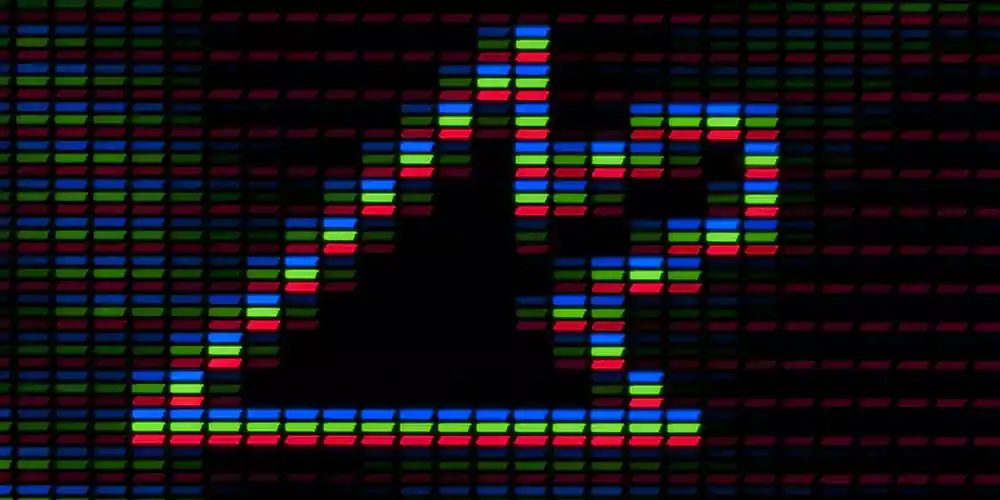
The resurgence of pixel art as one of the key graphic design trends in 2024 effectively taps into a sense of nostalgia while appealing to modern sensibilities. This blend of old-school pixelation with new-age design techniques offers a unique visual approach that captivates audiences across various platforms.
In graphic design, pixel art is not just a nod to the early days of digital graphics but also a versatile tool that adds distinctiveness to game designs, digital artworks, and promotional materials. It creates a bridge between generations of users, appealing to those who remember the early digital era and intriguing those accustomed to more polished visuals, making designs both memorable and emotionally resonant.
6. Advanced 3D Design Techniques
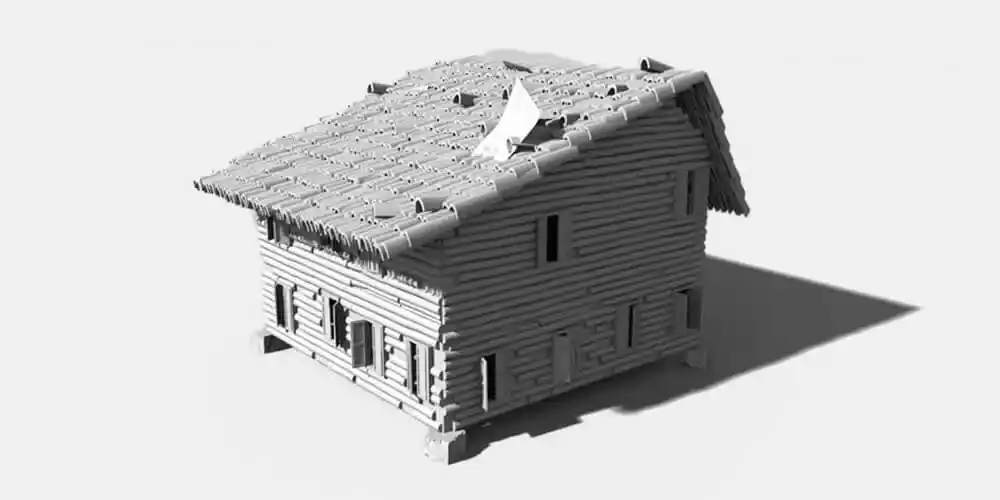
Advanced 3D design techniques are revolutionizing the field of graphic design trends, significantly impacting how designers approach visual storytelling and user interaction. As one of the leading graphic design trends, these sophisticated methods enable the creation of intricate, lifelike visuals that elevate user engagement. When getting a graphic design subscription, companies can ensure a steady flow of high-quality, customized designs that keep their brand fresh and engaging over time.
In advertising, 3D imagery can capture the viewer’s attention more effectively by simulating real-world scenarios. For web design, incorporating 3D elements helps create immersive experiences that make websites more interactive and memorable. The advancements in 3D software and tools allow for seamless integration of these elements, providing an expansive canvas for designers to innovate and push creative boundaries.
7. Sustainable and Eco-Friendly Designs
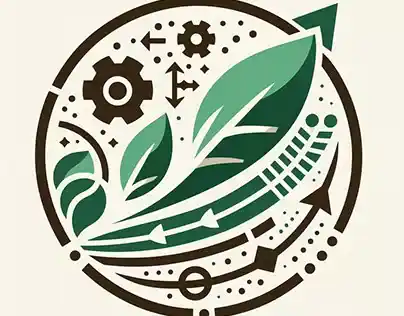
Sustainable and eco-friendly designs in graphic design trends not only address environmental concerns but also meet the increasing consumer demand for responsible and conscious branding. By utilizing recycled materials for packaging and favoring digital formats, designers can significantly reduce waste and carbon footprints.
Visually, integrating earthy tones, natural motifs, and themes that echo sustainability helps brands communicate their commitment to the environment authentically. This approach not only enhances brand reputation but also resonates deeply with a growing audience that values ecological responsibility. As a result, adopting these graphic design trends can lead to more engaged and loyal customers, proving beneficial for both the planet and business growth.
Wrapping Up Graphic Design Trends
The graphic design trends of 2024 present a rich palette for designers, from the retro allure of pixel art to innovative 3D technology. These trends encourage the exploration of new design methods and artistic expressions, ensuring that each creation is not just seen but felt.
Thoughtful integration of these trends allows designers to craft designs that are not only visually striking but also carry a deeper communicative value. By doing so, designers produce work that not only captures the attention of their audience but also delivers lasting impact, ensuring relevance and appreciation in an ever-evolving digital landscape. This approach to leveraging current graphic design trends helps in crafting timeless visual narratives that engage and inspire.